| Back |
South Carolina
Secession Convention
November ~ December 1860
|
In the autumn of 1860, the entire nation watched with apprehension the Presidential election.
The Democrats had split, each faction having its own nominee. The "Black Republican Party," as it was
called in the Southland, had nominated an Illinois lawyer named Abraham Lincoln. The State of South Carolina,
which had been picked on by the northern states since the Presidency of Andrew Jackson, warned that if the
Republicans won, which many believed, South Carolina would have to use her Constitutional right to withdraw
from the Union. November's General Election came and went, and the Republicans won on a minority vote.
Accordingly, upon arrival of the news of the Republican victory, the General Assembly,on November 10, 1860, called for a Convention of the People of South Carolina to draw up an Ordinance of Secession. They were then meeting in the original wood frame state house, pictured below, the present-day state house then still under construction. On December 17, 1860, the Secession Convention convened in the Baptist Church in Columbia. The spirit of Nationalism, Sectionalism, and Secessionism filled the air! One observer said that restraining the spirit of the Convention was like restraining the wind. On this first day, the Convention passed a unanimous resolution to Secede from the union. |
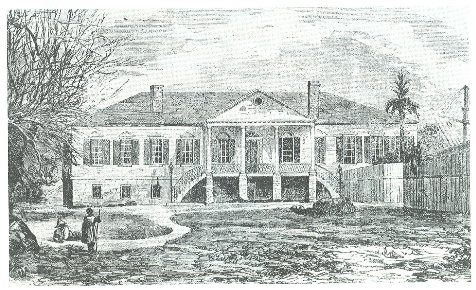 S.C. State House - Columbia |
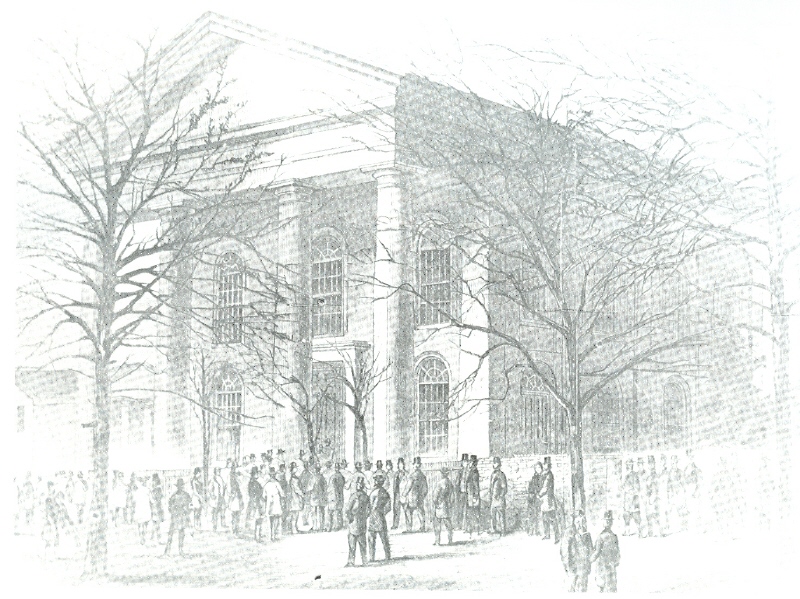 First Baptist Church - Columbia |
|
There was at that time an epidemic of smallpox in Columbia, so the convention adjourned to Charleston."
The next day, the Convention met in Charleston's Institute Hall and formed several committees including one to
draft an Ordinance of Secession. Then on the heroic day of December 20, 1860, the Convention met in St. Andrews Hall on Broad Street an adopted the Ordinance of Secession on roll call vote. On the question being put, "Will the Convention adopt the Ordinance?" it passed in the affirmative. Yeas, 169; Nays, none. |
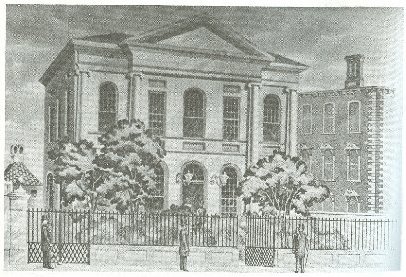 St. Andrews Hall - Charleston |
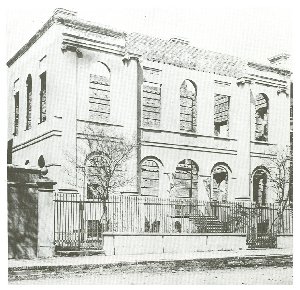 St. Anrews after shelling of Charleston |
|
Later that evening, at 7:00 pm, the delegates reassembled at the Institute Hall and signed the Ordinance of
Secession declaring their political withdrawal from the United States.
Interestingly, the article is signed by 171 men. In the book, "Old and New Columbia", by J. F. Williams, written
in 1929, he lists 166 men. So we have 2 men who did not vote, but signed their names. The State of South Carolina became the Commonwealth of South Carolina,the Palmetto Republic. During the next days, the Convention passed laws and resolutions a new nation would pass because South Carolina was a new nation. |
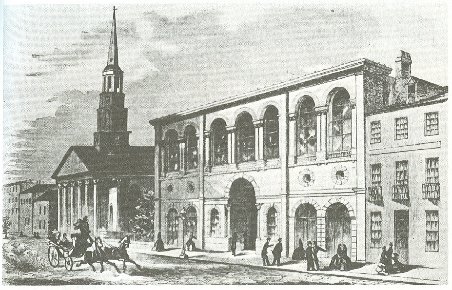 Charleston's Institute Hall |
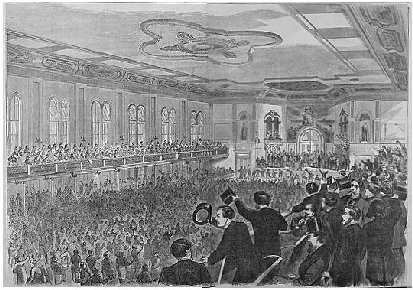 Delegates, Institute Hall |
| The delegates adopted several proposals including a law allowing anyone resigning from the United States Military to receive the same rank in the Commonwealth. They resolve that all previously federal-owned properties in the State were now South Carolina-owned properties, and the Convention calls on the federal government to restore South Carolina authority to Forts Moultrie and Sumter, the Charleston Arsenal, and Castle Pinckney. On Christmas Eve, 1860, the Convention adopted a Declaration of the Immediate Causes of Secession which would be distributed to the other slave-holding states. Also on this day, Governor Francis W. Pickens proclaimed Independence, Freedom, and Sovereignty for South Carolina. South Carolina had, until the end, abided by the Constitution which the northern states had trodden underfoot, and Abraham Lincoln would further abuse. South Carolina followed the Tenth Amendment in its secession process and therefore had a constitutionally legal right to declare their independence. |
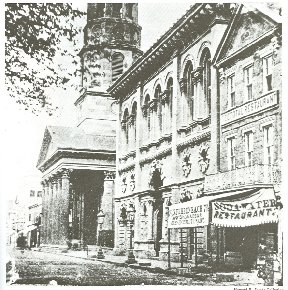 The Circular Congregational Church and Institute Hall ~ 1858 |
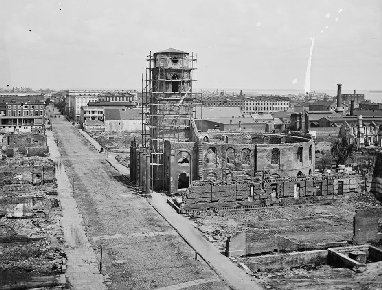 The ruins of the Church and Institute Hall after the devastating fire of 1861 |
HOME
What's New -
About SCV -
Join SCV -
Legionary -
Co. News -
Chaplain -
Education
B. F. C. Site -
Ancestors -
Memorials -
Links -
Photo Gallery -
Guest Book -
Site Index